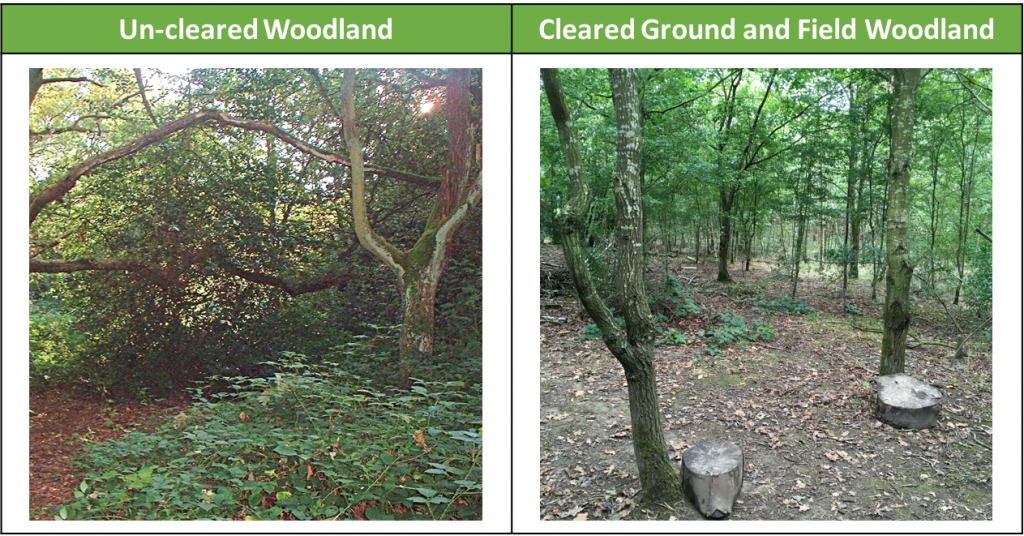Forest Schools are often run in Woodland that isn’t owned by the leader/practitioner. It is essential as a practitioner that you have an understanding of what the forest is being used for and its management plan. This knowledge will allow for practices and use of areas to be adjusted to minimise the impact of being in the woodland.
If the land owner doesn’t have a management program in place it maybe useful to engage them in the creation of one. This will help the landowner understand the impact of the forest school and may even help them change their perspective of the woodland and how people and nature interact.
Whilst looking at the mangement of woodland for forest school their are several important considerations, see below:
Health and Safety: The management of the Woodland area is a key part of the risk assessment of your area. Firstly, it is key that you have an area where you can meet and run activities within the woodland that is safe and easy to move around without causing harm. This may involve removing the lower branches of trees, ground/field layer plants and some key trees. For this to be done safely and whilst protecting the flora and fauna of the area identification of the flora is essential.

During this clearing process it is important to consider dead/dying trees that may cause a potential falling risk. As part of the clearing process you may wish to remove poisonous plants that could pose potential risks. See the health and safety section on poisonous plants to help (click here).
Habitat Management: Coppicing, thinning, removal of non-native species can help create opportunities for new plants and species to develop. Creating clearings within the forests creates opportunities for other wildlife to develop and also creates additional learning opportunities. Although wild ponds often manage themselves it is important to remove species that are overly dominate to encourage a variety of pond flora and fauna to flourish.
Habitat Creation: Creating new habitats can help bring new flora and fauna into the area. This can including the planting of new tree species, digging of ponds/wetland areas and the creation of clearings. This may also include the creation of homes for animals e.g. bird boxes and bug houses.
Human Influences: When managing woodland for forest school it is always important to consider the impact of different people using the area. Often you will find that people will drop rubbish, some that may be potentially harmful to wildlife and your clients. This is why it is essential to regularly clear rubbish and inspect your area every time before is used.
